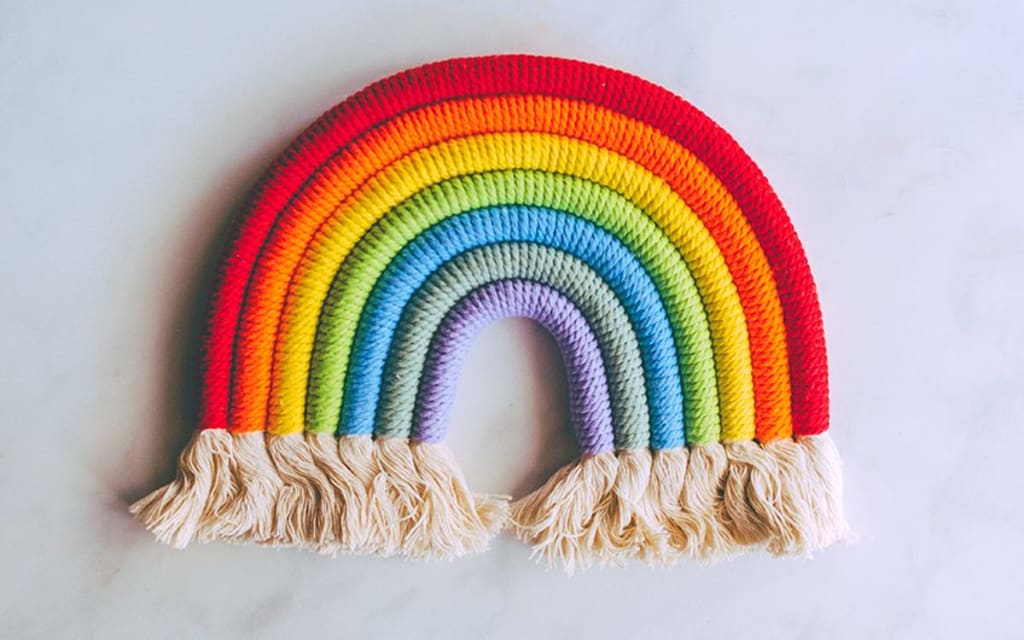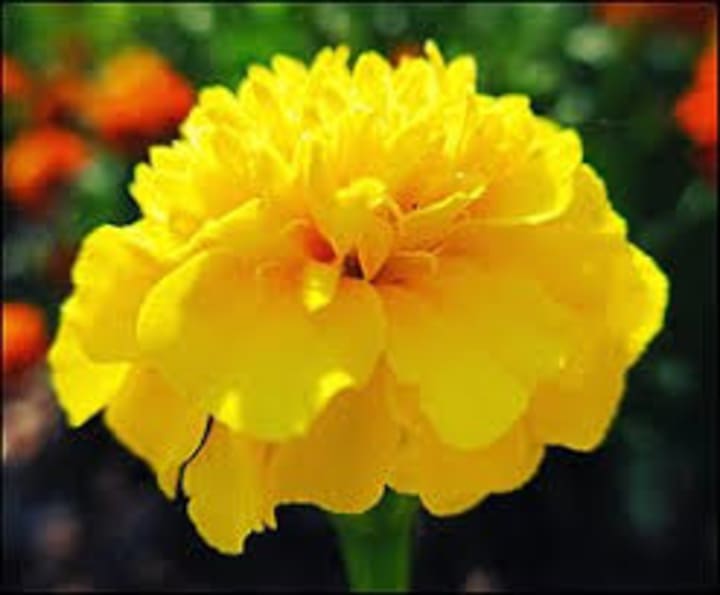
The Psychology of colors
Colors can have a significant impact on our psychological and emotional states. Here are some of the most common psychological effects of different colors
RED:

Red is a powerful color that can have a range of psychological effects. It is often associated with passion, love, and energy, and it can evoke strong emotions and create a sense of urgency. In addition, red can stimulate appetite and increase heart rate, which is why it is often used in marketing and advertising for food and drink products.
Red can also be associated with danger, warning, and anger. In some cultures, it is considered a color of luck and prosperity, while in others, it is associated with mourning and death. Overall, the psychological effects of red can be complex and can vary depending on the context in which it is used..
Blue:

Blue is a calming color that can have a range of psychological effects. It is often associated with serenity, tranquility, and peace, and can help reduce stress and anxiety. This is why blue is a popular color for bedrooms and other areas where people want to relax and unwind.
Blue can also be associated with trust, reliability, and intelligence. It is often used in corporate branding and advertising to convey a sense of professionalism and competence. On the other hand, blue can also be associated with sadness and depression, which is why it is important to consider the context in which it is used.
Overall, blue is a versatile color that can have both positive and negative psychological effects, depending on the context and the individual..
Yellow:

Yellow is a bright, energetic color that can have a range of psychological effects. It is often associated with happiness, optimism, and creativity, and can stimulate the mind and boost mood. This is why yellow is a popular color for marketing and advertising aimed at children and young adults.
Yellow can also be associated with caution and warning, such as in the case of caution signs or traffic lights. In some cultures, yellow is associated with cowardice or treachery, while in others it represents wealth and prosperity.
Overall, yellow is a vibrant color that can evoke a sense of energy and positivity, but it is important to consider the context in which it is used and the cultural associations that may affect its meaning.
Green:

Green is a color often associated with nature, growth, and harmony. It can have a calming effect and create a sense of balance and relaxation. This is why green is often used in healthcare settings, such as hospitals and clinics, to create a soothing environment.
Green can also be associated with prosperity, wealth, and abundance. In some cultures, green is considered a lucky color and is associated with good fortune. On the other hand, green can also be associated with envy or jealousy, such as in the phrase "green with envy."
Overall, green is a versatile color that can have both positive and negative psychological effects, depending on the context and the individual. Its associations with nature and growth can make it a popular color for branding and marketing in the health, wellness, and environmental sectors.
Purple:

Purple is a color often associated with luxury, creativity, and spirituality. It can create a sense of sophistication and elegance, and is often used in branding and marketing for high-end products and services.
Purple can also be associated with creativity and imagination. It can stimulate the mind and encourage artistic expression. Additionally, purple is sometimes associated with spirituality and mysticism, particularly in the New Age movement and other alternative spiritual practices.
On the other hand, purple can also be associated with sadness or mourning, particularly in some cultures. In the Western world, it is often used as a symbol of mourning or grief.
Overall, purple is a complex color that can have both positive and negative psychological effects, depending on the context and the individual. Its associations with creativity, spirituality, and luxury make it a popular choice for branding and marketing in a variety of industries.
Orange:

Orange is a vibrant and energetic color that can have a range of psychological effects. It is often associated with enthusiasm, warmth, and excitement, and can create a sense of optimism and positivity. This is why orange is a popular color in marketing and advertising aimed at young people and sports enthusiasts.
Orange can also be associated with creativity and self-expression. It is a popular color for artists and designers, and can stimulate the imagination and encourage experimentation. Additionally
Black:

Black is a powerful color that can have a range of psychological effects. It is often associated with power, sophistication, and elegance, and is a popular choice for branding and marketing of luxury and high-end products.
Black can also create a sense of mystery and intrigue, and is often used in the fashion industry to create a sense of edginess and rebellion. On the other hand, black can also be associated with negativity and death, particularly in some cultures where it is a traditional color of mourning.
Overall, the psychological effects of black can be complex and vary depending on the context in which it is used. While it can create a sense of power and sophistication, it is important to be mindful of its associations with negativity and death, and to consider the cultural and individual meanings that may affect its impact.
White:

White is a color often associated with purity, innocence, and simplicity. It can create a sense of calm and tranquility, and is often used in minimalist and modern design to create a clean and sophisticated look.
White can also be associated with new beginnings and a fresh start. It is a popular color for weddings and other celebrations that mark important life transitions. Additionally, white can be associated with safety and cleanliness, which is why it is a common color in healthcare settings and food preparation areas.
On the other hand, white can also be associated with coldness or sterility, particularly in some contexts where it is overused or lacks warmth and personality.
Overall, the psychological effects of white can be varied and depend on the context in which it is used. While it can create a sense of purity and simplicity, it is important to consider the individual and cultural meanings that may affect its impact.
These are just a few of the psychological effects of colors, and the way we respond to different colors can be influenced by many factors, including culture, personal experience, and individual preferences.





Comments
There are no comments for this story
Be the first to respond and start the conversation.